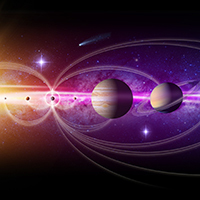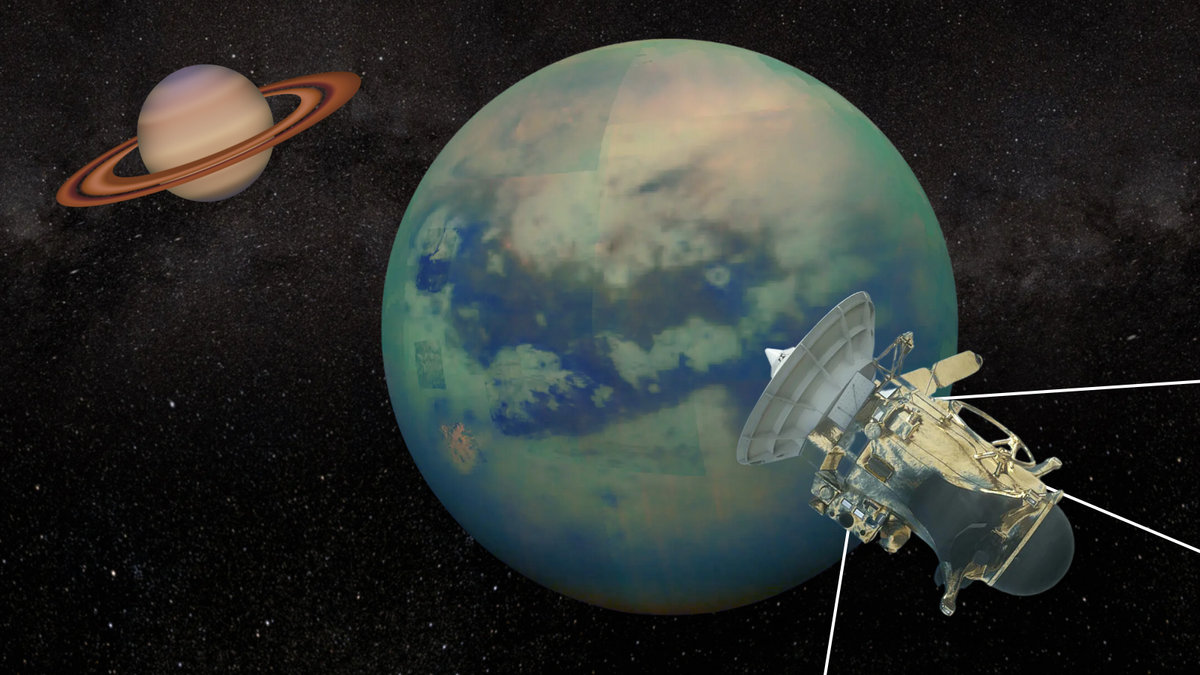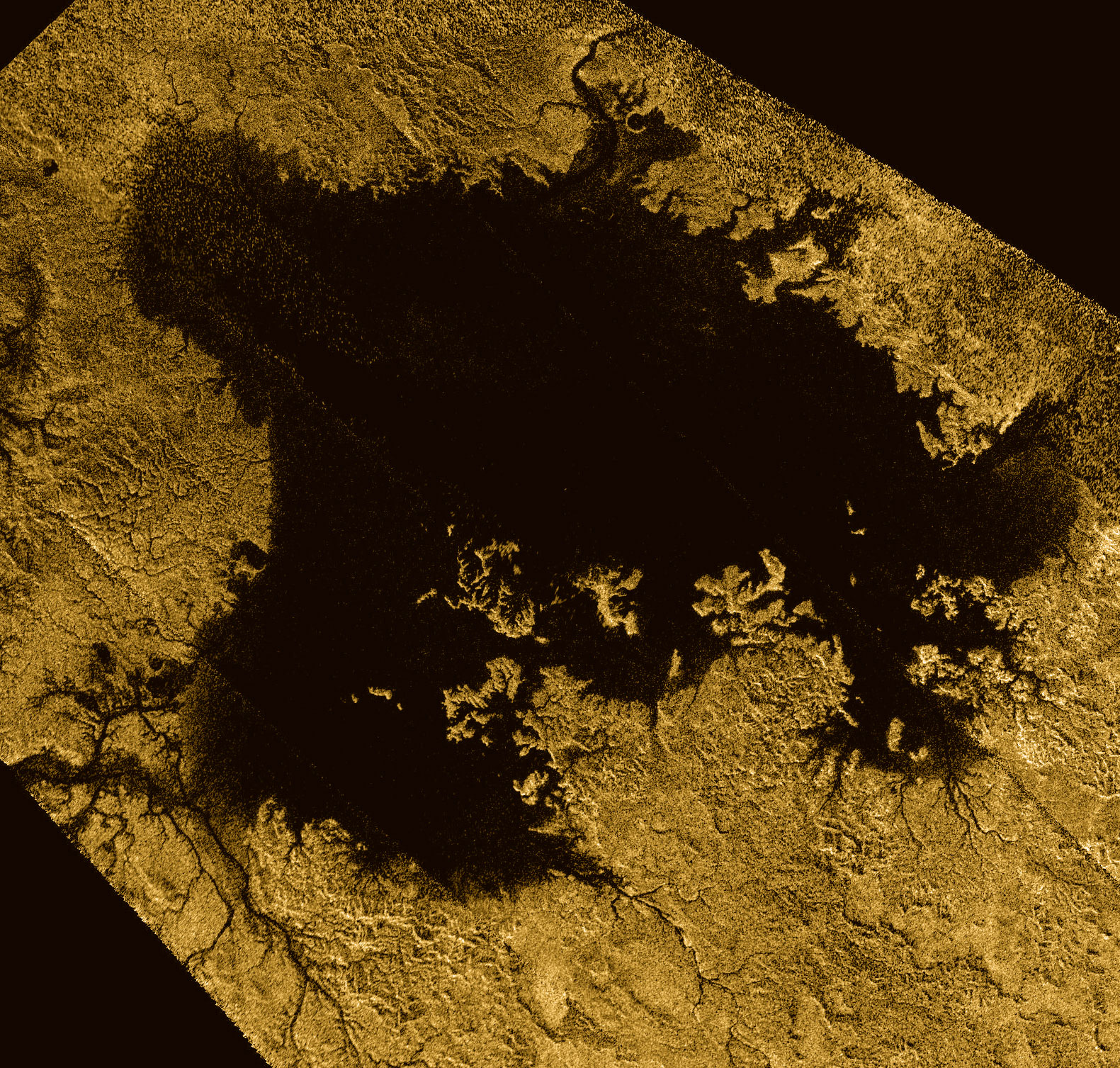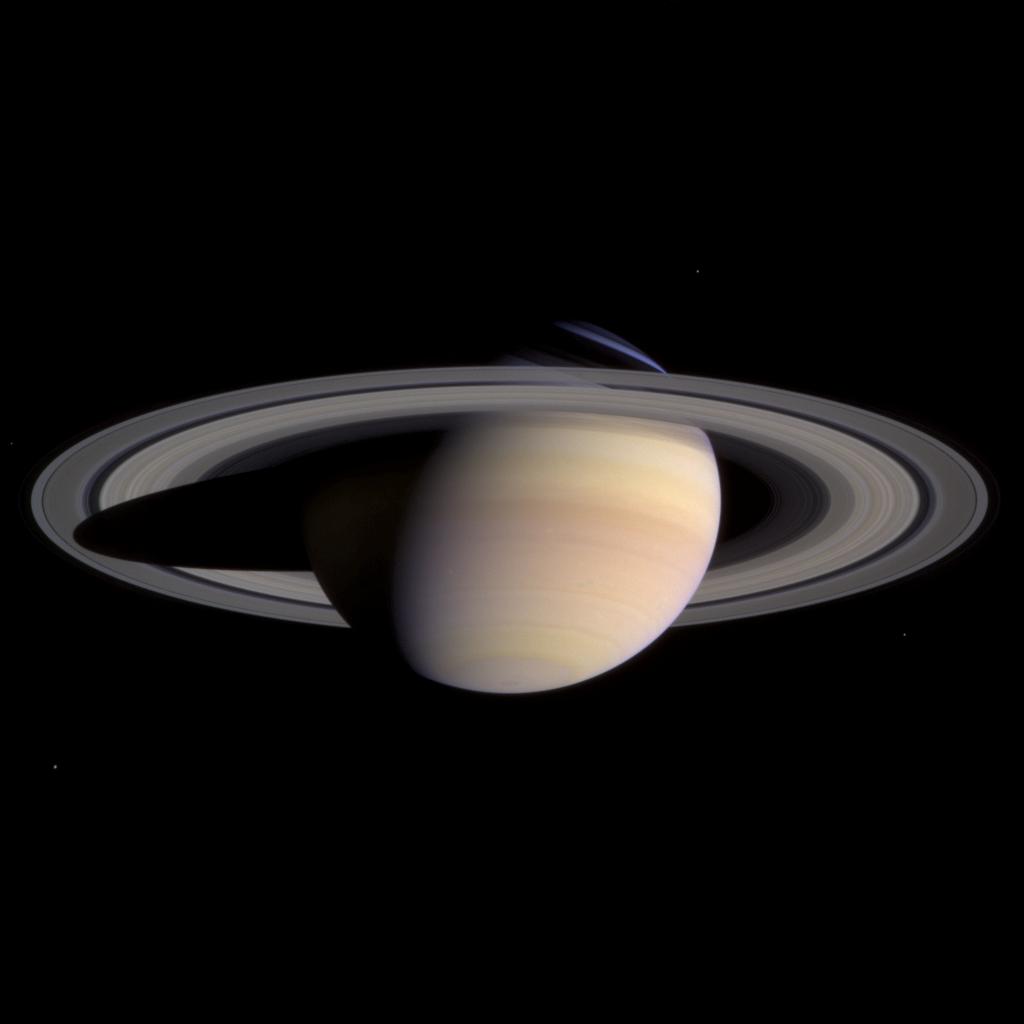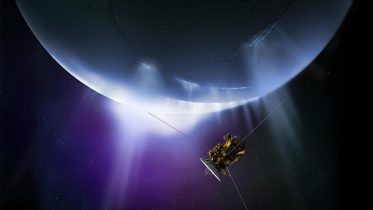
Cassini
Cassini–Huygens ( kə-SEE-nee HOY-gənz), commonly called Cassini, was a space-research mission by NASA, the European Space Agency (ESA), and the Italian Space Agency (ASI) to send a space probe to study the planet Saturn and its system, including its rings and natural satellites.
